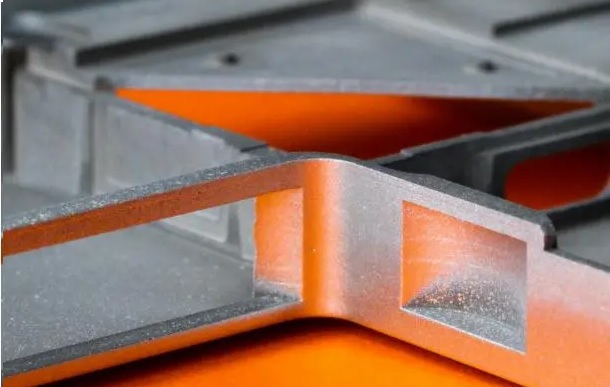Modular laptop manufacturer Framework will launch a 16 inch Laptop 16 large screen model later this year, with graphics cards, storage, screens, keyboards, and other components that can be replaced by individual users.
The Framework Laptop 16 is extremely sturdy and durable, while the shell is made of magnesium alloy and machined aluminum components, making it very lightweight.
The standard thickness of this laptop is less than 18 millimeters, and the thickness of the standalone version will also be less than 21 millimeters. This is a product that is much more mechanically complex than the Framework Laptop 13, with a larger screen size, higher performance parameters, and two new module systems with input modules and expansion slots. Nevertheless, Framework Laptop 16 still achieves a clean and minimalist industrial design with no visible fasteners from the outside.
This laptop case consists of two core mechanical components: a molded magnesium alloy bottom cover and a CNC aluminum top cover. These two components were developed by Framework and one of the world's most advanced shell manufacturers, HNLS Technology.
The motherboard, battery, speaker, input module, and other key components are all installed in the bottom cover. This is a single magnesium alloy component with a complex structure, manufactured using the thixomolding process.

Thixomolding is a manufacturing technique that heats magnesium alloys to a semi liquid state and injects them into molds, making it possible to process large parts with extremely precise and detailed structures. The Framework has chosen this process and material for the bottom cover to achieve high rigidity while maintaining a lower weight.
Magnesium alloy is lighter than aluminum, and thixoforming of large components like this also means avoiding the processing time and material waste caused by CNC aluminum components. CNC parts need to be machined from solid aluminum blocks, with the vast majority of the material being milled off, while thixoforming magnesium parts can be directly molded into the desired shape. The Framework performs a small amount of milling on features that cannot be formed, further thinning certain areas, and then uses a low VOC paint process to protect the magnesium alloy and match its color.

